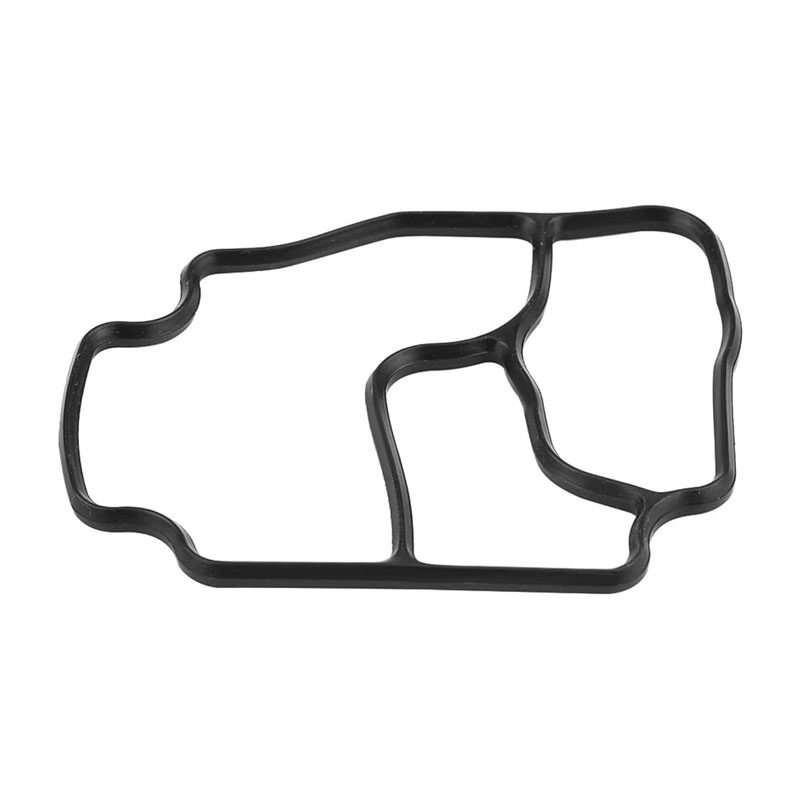rear tail shaft seal
Understanding the Rear Tail Shaft Seal Importance, Function, and Maintenance
The rear tail shaft seal is a crucial component found in the drivetrain system of many vehicles, particularly those with rear-wheel or four-wheel drive configurations. This small yet significant rubber seal plays a vital role in ensuring the efficient operation of a vehicle’s transmission system. In this article, we will explore the importance of the rear tail shaft seal, its function, common issues associated with it, and maintenance tips for vehicle owners.
What is the Rear Tail Shaft Seal?
The rear tail shaft seal, often referred to as the output shaft seal, is located at the rear end of the transmission. It seals the area where the tail shaft connects to the transmission casing. Its main purpose is to prevent transmission fluid from leaking out of the transmission housing and to keep contaminants from entering the transmission fluid. This seal is designed to withstand high temperatures and pressures, given the demands placed upon it during vehicle operation.
Importance of the Rear Tail Shaft Seal
The proper functioning of the rear tail shaft seal is essential for various reasons
1. Fluid Retention The seal prevents the loss of vital transmission fluid, which is necessary for lubricating and cooling the transmission components. Low fluid levels can lead to inadequate lubrication, resulting in increased wear and tear and potentially catastrophic failure of the transmission.
2. Transmission Health Regular leaks around the tail shaft can indicate that the seal is failing. If left unaddressed, this can lead to severe transmission problems, requiring expensive repairs or complete replacement.
3. Environmental Protection By preventing fluid leaks, the seal helps minimize the environmental impact. Transmission fluid is toxic and harmful to soil and water, making it essential to contain any potential leaks.
Common Issues Associated with the Rear Tail Shaft Seal
Like any mechanical component, the rear tail shaft seal can experience wear and tear over time
. Some common issues include1. Worn Seal Exposure to heat, pressure, and vibration can cause the rubber material of the seal to wear down, leading to leaks.
rear tail shaft seal

2. Improper Installation If a seal is not installed correctly, it may not seat properly, which can result in early failure and leaks.
3. Contamination Dirt and debris can enter the seal area, leading to abrasion and wear. This is especially true if the vehicle is used in harsh environments or off-road conditions.
4. Excessive Play Over time, the components connected to the tail shaft can develop excessive play or misalignment, exerting additional stress on the seal and increasing the likelihood of leaks.
Maintenance and Replacement
Maintaining the rear tail shaft seal involves regular inspection and monitoring of transmission fluid levels. Here are some tips for vehicle owners
1. Regular Fluid Checks Periodically check the transmission fluid level and condition. Low levels or discolored fluid can indicate leaks or contamination.
2. Watch for Leaks Keep an eye out for any signs of fluid leaks, especially around the rear of the transmission. Puddles or spots under the vehicle can signify a failing tail shaft seal.
3. Professional Inspections During routine maintenance or servicing, ask your mechanic to inspect the tail shaft seal. A small investment in inspection can prevent more significant issues down the line.
4. Prompt Replacement If a leak is detected, it’s crucial to replace the rear tail shaft seal promptly. The repair process typically involves draining the transmission fluid, removing the rear tail shaft, and replacing the seal before reassembling and refilling the system.
Conclusion
The rear tail shaft seal may be a small component of the drivetrain system, but its role is profoundly significant. A functioning seal ensures the longevity and reliability of the vehicle’s transmission while protecting the environment from harmful leaks. By understanding its importance and maintaining it properly, vehicle owners can avoid unnecessary repairs and enhance the overall performance of their cars. Regular inspections, prompt repairs, and a keen awareness of potential issues can go a long way in preserving the health of the rear tail shaft seal and the transmission system as a whole.
-
Premium Automotive Oil Seals Suppliers | Durable & Precision
News Aug.28,2025
-
Oil Drain Plug Washer Reusable Types
News Aug.22,2025
-
Oil Drain Plug Replacement Guide
News Aug.22,2025
-
Heavy Duty Seal Waterproof Features
News Aug.22,2025
-
Engine Oil Seals Installation Guide
News Aug.22,2025
-
Seal Oil for Sale High Temperature Grade
News Aug.22,2025
-
Cassette Seal Compact Design
News Aug.22,2025
Products categories















